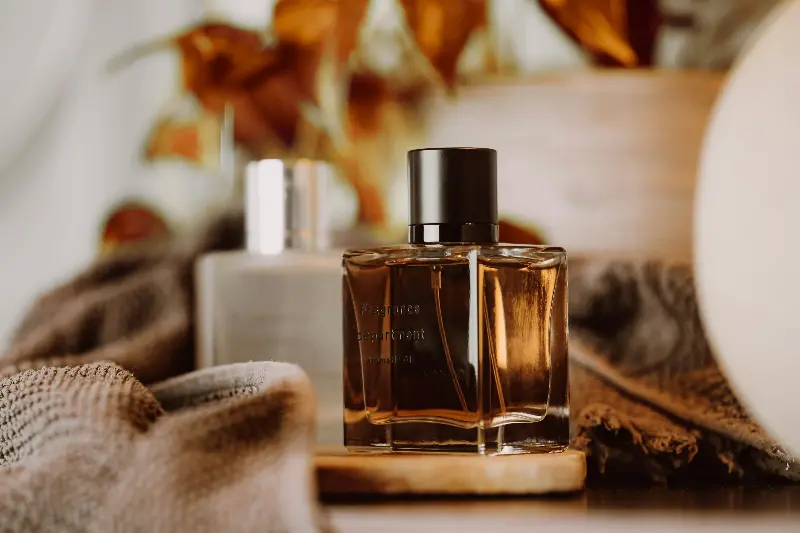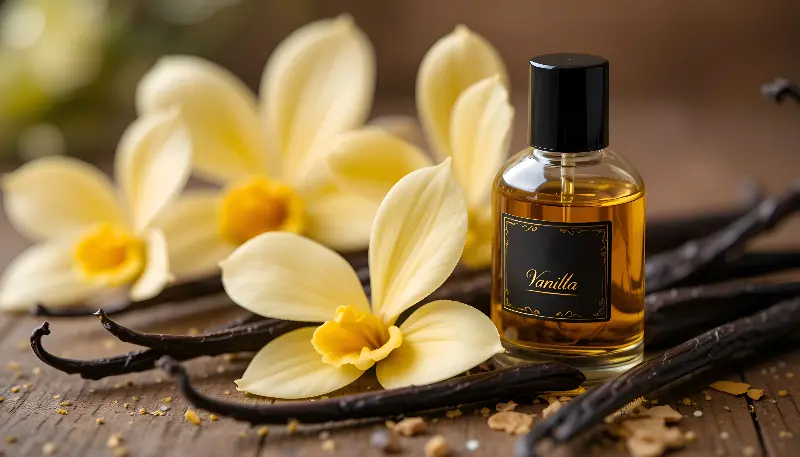
The timeless journey of fragrance is an aromatic story woven through centuries and civilizations. Among the thousands of ingredients perfumers have turned into legendary perfumes, five universal scents continue to captivate both men and women: rose, vanilla, musk, sandalwood, and bergamot. Each of these aromas carries its own history, symbolism, and cultural footprint, shaping how we define beauty, allure, and even memory itself.
Mystique And Majesty Of The Rose
Few natural ingredients have been as adored as the rose. Regarded as the "queen of flowers," its scent symbolizes love, passion, and elegance. Ancient civilizations from Egypt to Persia cultivated roses not just for their beauty but for their intoxicating fragrance. Cleopatra is reputed to have filled her rooms with rose petals to enchant Marc Antony, a move that would inspire seducers and scent makers for centuries to come.
In perfumery, rose oil is labor-intensive to produce—some 10,000 roses are required to distill just one gram of essential oil. Why is the effort worth it? The answer lies in its unmistakable complexity: rose brings together notes of citrus, spice, honey, and sometimes, a hint of green freshness. It layers seamlessly in both masculine and feminine compositions, defying floral stereotypes. Iconic scents like Guerlain’s Nahema and the modern cult favorite Le Labo Rose 31 celebrate the rose in all its multifaceted glory.

The Sweet Comfort Of Vanilla
Vanilla, a fragrance associated with warmth, comfort, and allure, has origins rooted in both culinary and olfactory traditions. Native to Central America and cherished by the Aztecs, vanilla's journey began as a sacred ingredient. Its entry into Europe in the 16th century sparked a craze, with the scent becoming synonymous with luxury.
There’s a scientific reason we instinctively crave vanilla-based fragrances—they create a sense of coziness thanks to vanillin, the chemical component responsible for its warm, creamy aroma. It triggers brain pathways linked to calm and happiness, which is why vanilla is often described as “the scent of comfort.” Used in everything from classic perfumes like Guerlain’s Shalimar to contemporary hits such as Tom Ford’s Tobacco Vanille, vanilla enchants all genders. Its sweet character mingles beautifully with spices, resins, and florals, providing depth and lasting power.

Musk: From Sensual Mystique To Ethical Luxury
Musk is perhaps the most transformative note in perfume history. Traditionally derived from the gland of the Himalayan musk deer, it has been prized since ancient times for its hypnotic, animalic aroma—a scent thought to inspire desire and boost confidence. Stories abound of royalty and courtesans dousing themselves in musk for its aphrodisiac properties.
Contemporary perfumery, however, no longer relies on animal musk due to ethical concerns. Today, synthetic musks faithfully replicate the complex, velvety softness of the original, making musk accessible and cruelty-free. Its most remarkable feature is its ability to create a sense of “second skin” scent, enhancing the personal smell of whomever wears it. Musk’s versatility shines in both men’s and women’s fragrances, lending a lingering, sensual base note to countless bestsellers—from Narciso Rodriguez For Her to Kiehl’s Original Musk.

Sandalwood: Sacred, Soothing, And Irresistible
Sandalwood’s unique, creamy woodiness has made it a signature note in beauty rituals, temples, and perfumes for over four thousand years. Hailing from India and Southeast Asia, sandalwood has religious and spiritual associations, believed to calm the mind and open pathways to meditation. Its status as an incense staple and soothing oil for the skin cemented its value across ancient and modern cultures.
In fine perfumery, the magic of sandalwood lies in its ability to bridge floral, citrus, and spicy elements, offering warmth and depth in both men’s and women’s fragrances. Its naturally long-lasting character ensures that a scent lingers gently on the skin for hours. As traditional Indian sandalwood becomes rarer, high-quality sustainable alternatives—such as Australian sandalwood—are sought after. Scents like Chanel’s Bois des Iles and Le Labo Santal 33 testify to sandalwood’s continuing power as a luxurious base note.

Bergamot: The Spark Of Freshness
Bergamot, the zesty, fresh essence extracted from a small citrus fruit grown mostly in Calabria, Italy, is a darling of both classic and contemporary perfumery. What makes bergamot so legendary is its immediacy: a sparkling, green-fresh opening that invigorates the senses and brings balance to heavier notes. Unlike other citrus fruits, bergamot has a uniquely floral and spicy edge, making it a staple top note in colognes and eaux de toilette.
Historically, bergamot was the defining ingredient in the first ever modern cologne, Farina’s Eau de Cologne, in the 18th century. Today, it remains at the heart of iconic fragrances such as Acqua di Parma Colonia and the sophisticated Tom Ford Neroli Portofino. Its universal appeal comes from its ability to cut through the sweetness of florals, the heaviness of woods, and the richness of musks, making it the ultimate mood-lifter for both men and women.
The journey of these five iconic scents—rose, vanilla, musk, sandalwood, and bergamot—is a journey through time, culture, and human experience. They continue to inspire modern perfumers, offering endless possibilities in the art of scent. Whether you favor the spicy warmth of sandalwood, the soft whisper of musk, or the sparkling freshness of bergamot, each note connects us to a sensory world that’s both ancient and ever new, making the search for the perfect fragrance a timeless adventure.
